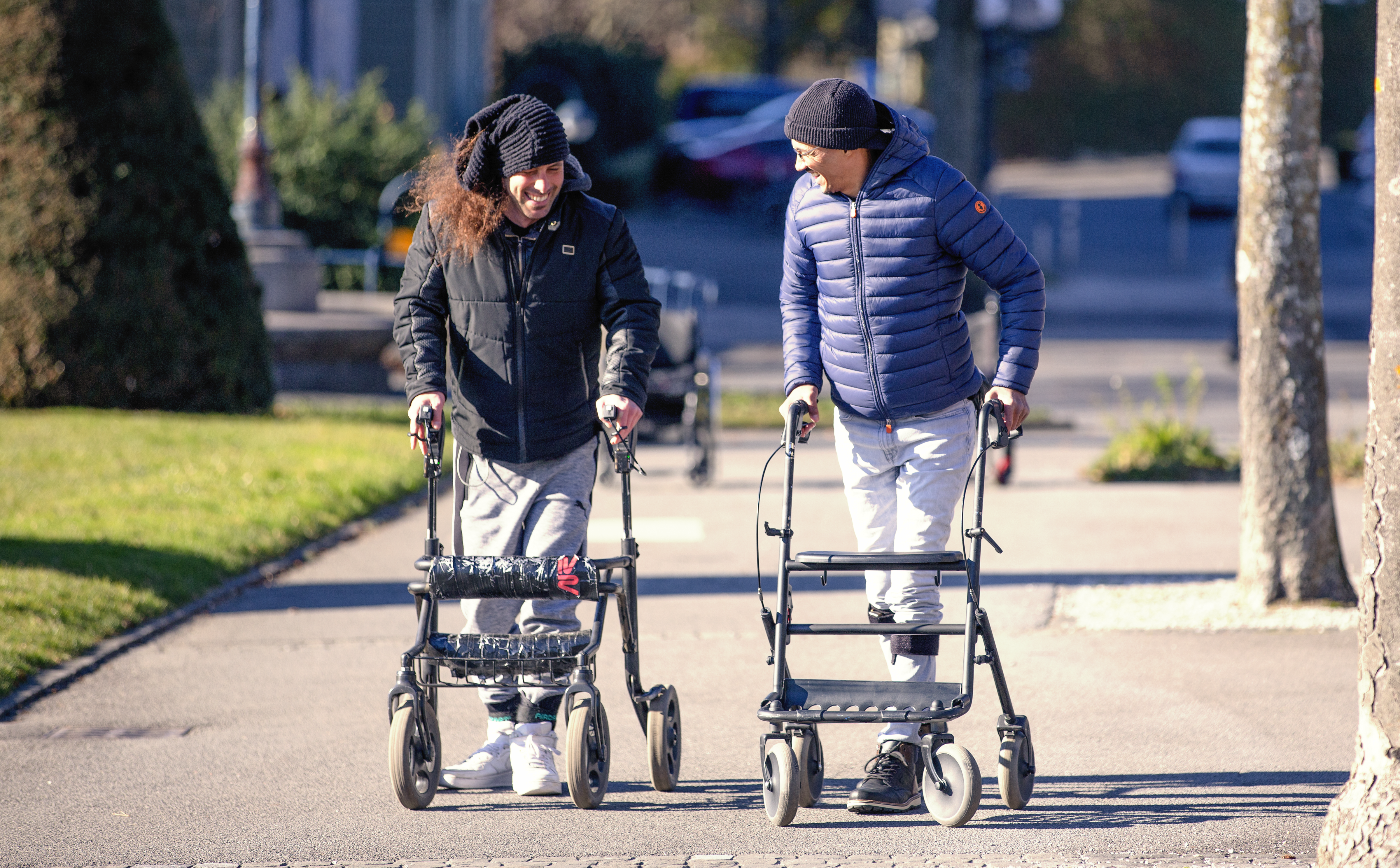
New implant from Switzerland offers promise for the paralyzed
On a cold, snowy day last December, Michel Roccati – an Italian man who became paralyzed after a motorcycle accident four years earlier – took a walk in central Lausanne. His steps were halting and awkward and he was using a walker – but he was walking again.
Together with two other paraplegic patients, Roccati was demonstrating the success of a new system of nerve stimulation after paralysis developed by Grégoire Courtine and Jocelyne Bloch, of the Swiss Federal Institute of Technology in Lausanne.
The details were published in the journal Nature Medicine. The device worked well enough that all three men were able to stand up and take a few steps almost immediately after they had recovered from their surgery.
While the progress achievable in a single day was astonishing, the gains after several months were even more impressive. The three patients followed a training regimen based on the stimulation programs and were able to regain muscle mass, move around more independently, and take part in social activities like having a drink standing at a bar. Because the technology is miniaturized, the patients can perform their training exercises outdoors and not only inside a lab.
“The first few steps were incredible – a dream come true!” Rocatti says. “I’ve been through some pretty intense training in the past few months, and I’ve set myself a series of goals. For instance, I can now go up and down stairs, and I hope to be able to walk one kilometer by this spring.”
The Economist explained how the technology works:
Dr Courtine and Dr Bloch developed a wafer-thin device with electrodes that could target the dormant nerves. Once implanted into Mr Roccati’s back, the device sent in pulses of electricity that mimicked those normally present in the nerves of an uninjured person as they walk.
By doing this, the device acted like an amplifier for any electrical signals coming from Mr Roccati’s brain. Those signals would normally be blocked by his damaged spinal tissue and be incapable of activating the nerves in his lower back. But with the stimulation device in place, Mr Roccati was able to voluntarily control those once-dormant nerves, allowing him to move his legs and walk.
